|
|
We’re gearing up for a busy fall at the DC Office of Planning (OP). This month’s newsletter provides information about infill development, affordable housing, and racial equity in planning. Check out the OP in the community section – we would like to see you at one of the activities, either virtually or in a neighborhood near you.
Sincerely,
Anita Cozart
Interim Director, DC Office of Planning
|
|
|
New buildings that are constructed on a vacant/underutilized site or additions to existing buildings is commonly called “infill development”. Infill development results in affordable and family housing as well as new shopping and dining options. Infill development is a key tool for expanding housing in the District and achieving the goal of 36,000 housing units by 2025, with 12,000 of those units being affordable.
The Framework Element of the Comprehensive Plan states “infill opportunities along corridors and near transit stations will be an important component of reinvigorating and enhancing our neighborhoods. Development on such sites must be designed to respect the integrity of stable neighborhoods and the broader community context, and encourage housing and amenities for low-income households, who rely more on transit. Adequate infrastructure capacity should be ensured as growth occurs.”
In addition to the Comp Plan, recent changes to Zoning Regulations have helped facilitate infill development. The 2016 zoning regulations made it possible for lots recorded prior to 2016 to be developed as a matter-of-right regardless of lot width and lot area, where it was difficult to do so before because many existing lots did not meet zoning requirements for width and area.
|
|
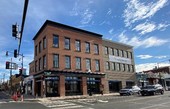 Anacostia Gateway – a matter-of right retail and office infill development at the corner of Good Hope Road and Martin Luther King Jr Avenue
|
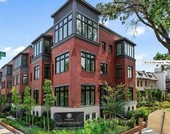 150 S Street NW - this infill row of duplex townhouses in Bloomingdale was designed to relate to the character of the surrounding rowhouse neighborhood
|
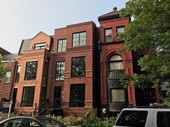 467-469 M Street NW – these two infill rowhouse flats are located in the Mount Vernon Square Historic District
|
|
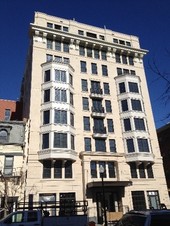 1101 N Street NW – this infill apartment building in Shaw includes retail on the ground floor with market-rate and affordable housing above
|
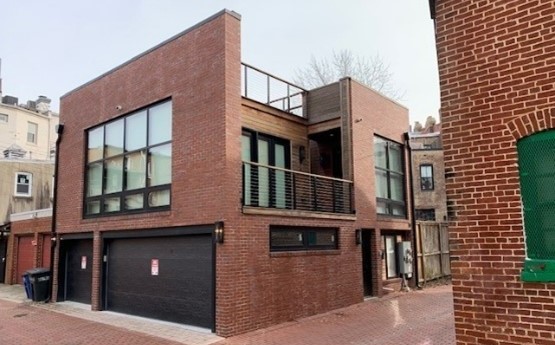 Kingman Place NW – This infill alley building in the Logan Circle neighborhood provides housing with outdoor spaces and parking
|
|
A recent example of an infill mixed-use project is Dance Lofts at 4618 14th St, NW. On September 8, 2022, the Zoning Commission approved the redevelopment of Dance Lofts on Upper 14th Street, an infill project that includes active ground floor arts uses and five stories of residential above. A new theater, dance studio and art gallery space for Dance Loft, along with approximately 1,900 square feet for retail shops or restaurants, will be located on the ground floor and mezzanine level. Affordable housing is also an important part of this project with 66 of the units being set aside as affordable housing for households earning up to 30%, 50% and 60% of the medium family income. The project includes the lot along the commercial corridor and extends onto a long alley lot surrounded by existing alleyways and homes. |
|
|
OP’s approach to community planning has centered the Comprehensive Plan’s priority of racial equity by exploring a key question: How has the neighborhood changed, how will it continue to change, and for whom? Additionally, OP has incorporated the following practices in our community planning work:
- Understanding and acknowledging the role urban planning has played in furthering discrimination and inequitable outcomes in communities of color.
- Disaggregation of demographic and community participation data by race, gender, and other socio-economic factors, where possible.
- Engaging diverse community voices through a transparent and open process.
- Developing a community vision for equitable and inclusive growth rooted in participatory engagement.
- Setting benchmarks for equitable outcomes of the community plan or initiative.
OP recently completed three community plans that incorporate these practices, as documented in the “Equity in Place” section of the Chevy Chase Small Area Plan, Congress Heights Small Area Plan and Pennsylvania Avenue East Small Area Plan. For these plans, we adapted and utilized the Racial Equity Impact Assessment tool as developed by the Mayor’s Office of Racial Equity.
In addition to applying a racial equity approach in our planning studies, OP is also developing a Racial Equity Action Plan (REAP) with the Mayor’s Office of Racial Equity to guide OP in building the capacity to implement that change over the next three years. Stay tuned for more information on upcoming engagement forums for OP’s REAP!
To learn more about OP’s racial equity work, please visit planning.dc.gov/racialequity.
|
|
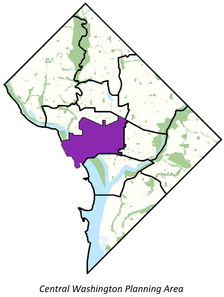
The District has made critical land use policy reforms to realize Mayor Bowser’s goal of 36,000 new housing units by 2025, with 12,000 of those affordable. In 2019, we set the first-in-the nation affordable housing goals by neighborhood. We codified those goals in our updated Comprehensive Plan to begin to remedy the historic inequity in affordable housing distribution across our city. During the past year, we have initiated zoning reforms to remove longstanding barriers to expanding the housing supply and providing more affordable housing. Key reforms include increased density along transit corridors and implementing inclusionary zoning in high-opportunity areas.
An important part of this work is facilitating more housing and affordable housing in Central Washington. The 2021 Comprehensive Plan set a goal that each Planning Area, including Central Washington, should have a minimum of 15% affordable housing units by 2050. Most of Central Washington is the core of DC’s office market, where it has historically been difficult for housing, and especially affordable housing, to be built. Recent changes in demand for office space are leading some commercial property owners to consider redeveloping properties into residential.
|
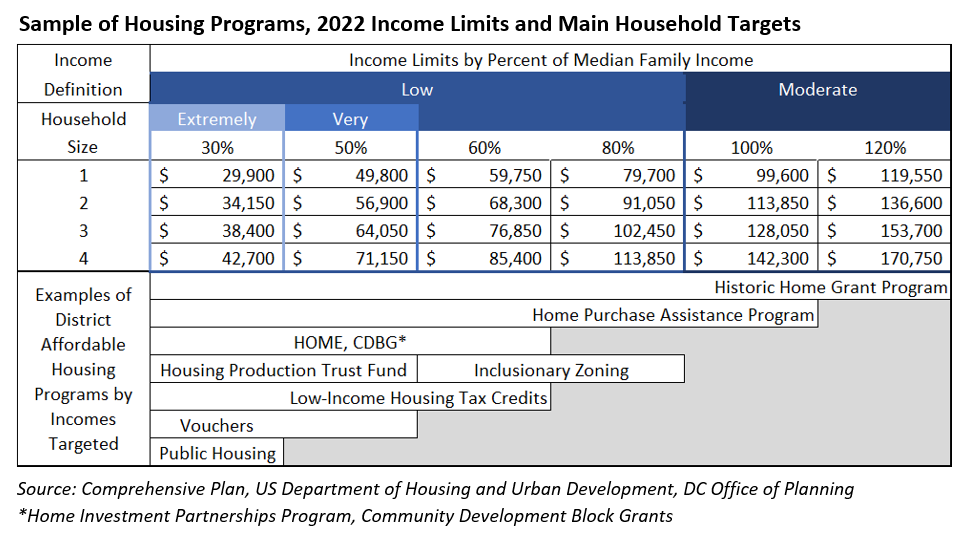 The Comp Plan includes policies and actions that call for affordable housing production in Central Washington. Additionally, the Future Land Use Map in the Comp Plan increased capacity for residential development at metro stations and along transit corridors. With policy changes and zoning updates, more affordable units are on the way in Central Washington through a variety approaches. Integrating land use policy and financial subsidies, expanded Inclusionary Zoning (IZ+) increases IZ affordability requirements up to as much as 20% of units in a development when zoning map amendments are requested. Earlier this year, the DC Council passed Housing in Downtown (HID) Tax Abatement which will lead to approximately 120 affordable Inclusionary Zoning units at 60% of the Median Family Income in Downtown. The District’s Disposition Act for Affordable Housing has led to affordable housing built on public land such as , which has 58 affordable units – 15 units at 30 percent of the Median Family Income (MFI) and 43 units at 50 percent of the MFI. Since inception in 2016, zoning regulations on habitable penthouses have generated over $28 million for the Housing Production Trust Fund, largely from Central Washington developments.
Currently, 14 percent of Central Washington’s housing supply is dedicated affordable housing. The table below shows the production of affordable housing units in Central Washington, including an additional 1,396 affordable units that are under construction or within planned projects.
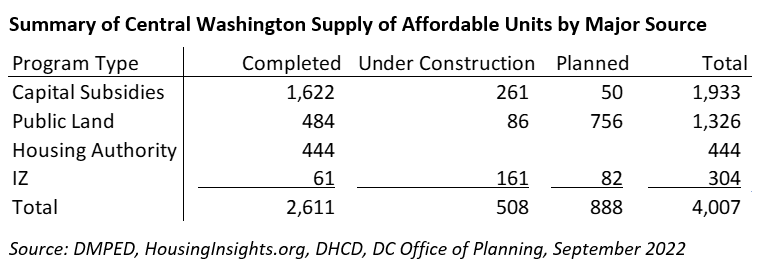
|
|

In previous installments of the Urban Design Corner, we've shared insights into several key concepts of urban design such as building scale and engaging facades. For this month, we are defining urban design and providing principles of good urban design. Urban design is defined as the practice and study of how buildings, streets, and open spaces arranged and constructed and their impact on the everyday experiences of people. Informed by the Comprehensive Plan, OP has developed four principles that establish the foundation for all good urban design:
|
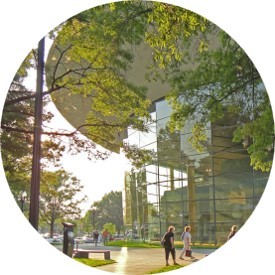
-
People-Centric– it prioritizes the human scale and how people can feel comfortable and safe in an environment shaped around how they desire to use a space.
-
Inclusive– it employs an inclusive design process to empower people of all abilities, ages, races, genders, and income groups.
-
In Harmony with Nature– it works in tandem with existing natural systems and promotes sustainability and resilience over the lifespan of the space.
-
Context-Sensitive– it is authentic to the historical and cultural influences, yet adaptable to the shifting needs of communities over time.
|
|
|
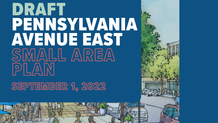
Just a few days left to provide feedback on the Draft Pennsylvania Avenue East Small Area Plan! OP will hold a public hearing from 11:00am-1:00pm on October 1, 2022, at the Francis A. Gregory Library. Visit the Pennsylvania Avenue East Small Area Plan page to download the draft plan and get information on how to share your feedback through October 2, 2022.
|
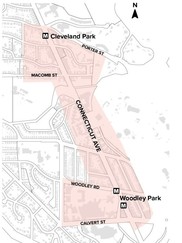
OP is launching a series of Fall engagement activities to kick-off the "Plan Development" stage of the Connecticut Avenue Development Guidelines planning process. On Thursday, October 6, from 6 to 7:30pm, join us for a Webinar that will cover community feedback we've heard so far through our summer engagement, and what to expect in the upcoming Community Design Conversations. Register for the Webinar here and see below for details about the Community Design Conversations happening on Saturday, October 15 & 22, from 10:30am to 1:30pm.
|
Learn more and get involved in our other community planning projects:
OP in the Community
Join us at the following events where OP staff will be available to answer any questions and share information about OP’s work:
|
|
 Adams Morgan Pedestrian Zone, September 4, 2022
|
 New York Ave Vision Framework Walking Tour, September 10, 2022
|
 DC Archaeology Team at "The Asberry" at Barry Farm Groundbreaking, September 26, 2022
|
|
|
|
|